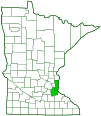non-biting midge
(Axarus festivus)
Conservation • Description • Habitat • Ecology • Distribution • Taxonomy
Conservation Status |
|
|||||||
| IUCN Red List | not listed |
|||||||
| NatureServe | not listed NNR - Unranked |
|||||||
| Minnesota | not listed |
|||||||
Description |
||
Axarus festivus is a relatively large, soft-bodied, non-biting midge. It looks similar to, and is often mistaken for, a mosquito. It is common in Eastern North America. It is found in meadows and woods near a lake, pond, or slow-moving river. The head is small. There are two large compound and no simple eyes (ocelli). The antennae have eleven segments. On the male they are long and feathery with long hairs. On the female they are shorter and have a few long hairs but do not appear feathery. The mouthparts are short. The thorax is pale green with two broad, brown, elongated oval, lateral patches, and an elongated rectangular brown patch in the middle at the front (anterior) margin. On the female there is a narrow black stripe through the median brown patch. The abdomen is pale green, long, and cylindrical, and tapers to the tip. On the male there is a narrow black band above at the end of each abdominal segment. The wings are long, narrow, and clear, and are held over the body when at rest. They do not have scales over the veins. The costal vein, the vein that forms the leading edge of the wing, has a thickened area from the base to near the wing tip. The media vein, a longitudinal vein near the middle in the wing, is not branched. The legs are long, slender, and mostly pale brown. The third segment (femur) is often green. The fourth segment (tibia) on the front legs is dark brown at the tip and often mostly dark brown. The last part of the leg (tarsus), corresponding to the foot, has five segments. The tarsi on the front leg are lengthened. |
||
Size |
||
Wing Length: 3 ⁄16″ to ¼″ |
||
Similar Species |
||
Habitat |
||
Meadows and woods near a lake or slow-moving river |
||
Ecology |
||
Season |
||
|
||
Behavior |
||
Larvae are aquatic. They feed in the silt at the bottom of a pond, lake, or slow moving river. Adult midges do not bite. They often form large swarms near a lake or pond |
||
Life Cycle |
||
The female lays eggs by piercing the surface of the water. When the eggs hatch the larvae wriggle to the bottom. The pupa float to the surface and adults emerge above the water surface. |
||
Larva Food |
||
Decomposing plant matter |
||
Adult Food |
||
|
||
Distribution |
||||
|
Sources |
|||
| 7/24/2022 | ||||
Occurrence |
||||
Common |
||||
Taxonomy |
|||
Order |
Diptera (Flies) | ||
Suborder |
Nematocera | ||
Infraorder |
Culicomorpha (Mosquitoes and Midges) | ||
Superfamily |
Chironomoidea | ||
Family |
Chironomidae (Non-biting Midges) | ||
Subfamily |
Chironominae | ||
Tribe |
Chironomini | ||
Genus |
Axarus | ||
| No Taxon | Axarus festivus species group | ||
Synonyms |
|||
Chironomus lasiomerus Chironomus lineatus Chironomus lineola |
|||
Common Names |
|||
No species in this genus has a common name, nor does the genus itself. The common name for the family is non-biting midges, and it is applied here for convenience. |
|||
Glossary
Femur
On insects and arachnids, the third, largest, most robust segment of the leg, coming immediately before the tibia. On humans, the thigh bone.
Ocellus
Simple eye; an eye with a single lens. Plural: ocelli.
Tarsus
On insects, the last two to five subdivisions of the leg, attached to the tibia; the foot. On spiders, the last segment of the leg. Plural: tarsi.
Tibia
The fourth segment of an insect leg, after the femur and before the tarsus (foot). The fifth segment of a spider leg or palp. Plural: tibiae.
Visitor Photos |
|||||
Share your photo of this insect. |
|||||
| This button not working for you? Simply email us at info@MinnesotaSeasons.com. Attach one or more photos and, if you like, a caption. |
|||||
Alfredo Colon |
|||||
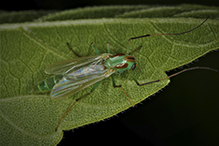 |
 |
||||
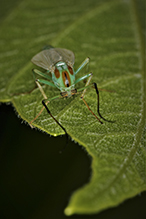 |
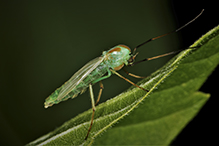 |
||||
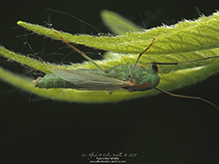 |
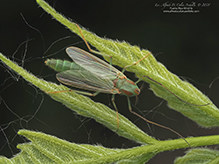 |
||||
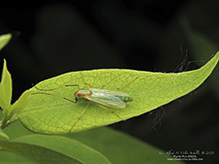 |
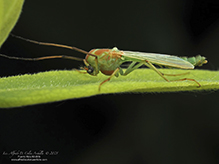 |
||||
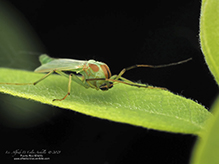 |
|||||
MinnesotaSeasons.com Photos |
|||||
|
|||||

Slideshows |
||

Visitor Videos |
|||
Share your video of this mammal. |
|||
| This button not working for you? Simply email us at info@MinnesotaSeasons.com. Attach a video, a YouTube link, or a cloud storage link. |
|||
Other Videos |
|||

Created: 12/25/2018
Last Updated:
